Snail Mucin: Miracle Ingredient or Slimy, Over-Hyped Trend?
Snail mucin, also called snail slime, has become an increasingly popular choice for people looking to get their glow on. To some, it may sound like something out of a horror movie, but this powerful ingredient could be what your skin needs.
Even though I know how snail mucin works and why it benefits the skin, I still prefer vegan ingredients when putting together my daily routine. But if you're curious about this gooey secret weapon, read on.
Snail mucin has gained popularity recently due to its many reported benefits - from hydrating and brightening skin to reducing inflammation and smoothing fine lines. Its unique composition includes natural glycoproteins and humectants which help keep the skin healthy and youthful.

What Is Snail Mucin?
Snail mucin is made from the secretions of snails and can be found in many skincare products. It can have benefits that make it worth considering if you're looking for something with deep moisturizing properties.
The main benefit of this slimy substance lies in its ability to retain moisture. Unlike some ingredients, it doesn't evaporate quickly or irritate. Plus, since the mucin contains natural proteins and antioxidants that help protect against sun damage and free radicals, using it regularly can help reduce wrinkles over time.
Snail secretion filtrate is a complex mixture of glycoproteins, enzymes, hyaluronic acid, and other biologically active compounds. These components are secreted by snails and help to protect their skin and maintain its moisture levels. Some of the key components of snail mucin include:
- Glycoproteins: These are proteins that are combined with carbohydrates and are known for their moisturizing and anti-inflammatory properties.
- Hyaluronic acid: This is a naturally occurring polysaccharide known for its ability to hold onto significant amounts of water, keeping the skin hydrated and plump.
- Collagen: Snail mucin may contain small amounts of collagen, a protein that provides structure and elasticity to the skin. When used topically, collagen is a moisturizing ingredient (it doesn't absorb into the skin).
- Elastin: This protein gives skin elasticity and helps prevent wrinkles and fine lines. However, it doesn't absorb into the dermis when applied topically.
- Allantoin: An anti-inflammatory and soothing compound that helps to promote healing and repair of the skin.
- Antioxidants: Protects the skin from damage caused by free radicals.
Snail mucin is commonly used in skincare products for its moisturizing, anti-aging, and skin-healing properties. However, more research is needed to understand its effects and benefits fully.
What Are The Benefits Of Snail Mucin?
It can help reduce redness and inflammation while boosting collagen production and moisturizing the skin. Plus, snail mucin contains hyaluronic acid, which helps strengthen and protect your skin barrier against environmental pollution. All these features combine to create a powerful anti-aging effect that will leave your skin smooth and soft.
How To Use Snail Mucin
First things first: cleanse your face thoroughly! This will give the mucin the optimal opportunity to penetrate and do its job without any blockages or obstacles in the way. Once this is done, apply your snail mucin essence directly. Use gentle circular motions when applying so that all areas affected by dryness and scarring receive equal attention.
What's the Science?
As a physician, I was extra intrigued by this ingredient and wanted to check out how legitimate it is (versus a hyped-up, sensational-sounding trend). There is some evidence. Not specifically just for snails but also for other mollusk/gastropods like slugs. Any mucous-secreting animal could have similar components in their mucous that have medicinal or cosmetic benefits for humans.
Mucins are proteins. The animal secretes them for purposes of adhesion (sticking onto a surface), hydration and lubrication (enhancing mobility and preventing water loss), and protection - antimicrobial. When extracted and purified, they appear to have potential medicinal benefits like wound and ulcer healing.
Classified as a biopolymer, gastropod mucins are getting more and more attention in both the medical and the cosmetic worlds. Secreted mucins can be either gel-forming or non-gel-forming biopolymers.
Certain snail species have specialized uses for mucus. For example, Falsilunatia eltanini (Moon Snail) uses slime to protect its eggs, and Tikoconus costarricanus (Costa Rican Land Snail) uses mucus to hide from the sun under leaves during droughts. Some animals use mucin for defence reasons as well.
To be clear, snail mucin is NOT poisonous. Still, the same biologic mechanisms that produce it are used by other animals to produce venom. So there is no arguing that it could be a very powerful ingredient to use.
Are We the First to Use It?
No. There is evidence of mollusks, particularly their slime trail, being used for reasons other than nutrition - dating back to ancient Greece. Ancient beauty secrets often have a lot to tell us in the modern world.
How is Snail Mucin Collected?
One snail releases up to 40 millilitres of mucous every day. That's just over one fluid ounce. Harvesting it can be done in different ways, some more snail-friendly than others.
Unfortunately, but not unexpectedly, snails produce more mucous when stressed. Producers of this ingredient can take advantage of this to make higher volumes faster. Some use techniques that are harmful or stressful to the snail. Things that stress the snail out (changing the environment, handling them, causing pain, cutting their shells, using chemicals) and also killing the snails are all techniques used by some producers.
Thankfully, others work to harvest snail mucin in a more humane and manner. This usually involves keeping the snails in a controlled, sanitary environment. The temperature, humidity, and light levels are optimized and they are well-fed and hydrated. The snails are handled minimally and just allowed to roam around making slime which is usually collected via a modification to the flooring and surfaces in the enclosure.
Is Snail Mucin Ethical
Sort of.
You can buy mucin-containing skincare products from brands that ensure the snails are treated humanely. This is very important. Many of them consider themselves as cruelty-free brands, but does harvesting tens of thousands of snails still qualify as cruelty free even if they treat them nice?
There are still significant downstream effects and harms that can occur. Think about how many snails are needed to produce the volume of slime used by the cosmetics industry. A 15% snail mucin serum would have 4.5ml in a 30ml vial of serum. This means a happy, unstressed snail could produce (at most) enough mucous for eight vials, realistically probably about 4-5 due to losses during the purification and manufacturing stages. Skincare brands will produce tens of thousands, if not hundreds of thousands, units per year.
That's a lot of snails. Where do you get them all? Where do you put them all? If you check out Youtube, there are some videos, but be warned - they're quite graphic.
Overharvesting from the environment can have significant ecological and aquatic environmental impacts.
When you're talking about cruelty-free standards, the answer isn't so simple. There are no regulations in place regarding the treatment of these creatures.
What Do You Look For In A Snail Mucin Product?
Whether you feel it's ethical or not if you decide to use snail mucin skincare, be sure to only buy from brands who are open and honest about their collection methods. Cosrx seems to do a good job of detailing their methods which sound as humane as possible.
Secondly, look for quality ingredients — not just quantity of them. The addition of snail mucin should target and reduce fine lines and wrinkles, so whatever other components are present must work with the main ingredient in synergy. That way, you know you're getting the most bang for your buck!
My Skin Before And After Snail Mucin
When travelling through Korea, I decided to hit a K-Beauty counter. Trying Korean beauty products made sense on my layover. I decided to try a snail mucin serum to see if it was the miracle ingredient it's touted to be. I prefer vegan products and was grossed out by the idea, but as a formulator and brand owner, I decided to try it.
| Check out bareLUXE's award-winning serums |  |
I used the serum twice a day for about six weeks. It felt good on my skin (like any regular serum), not sticky, and no piling. I'm very tuned in to my skin condition because I have dry skin and a sensitive skin barrier (and because I'm always in the middle of testing products). I didn't notice a significant difference in my hydration levels, fine lines, or pigmentation. Nothing got worse, but I didn't feel like I was using some exciting new ingredient I couldn't live without.
I have a couple of friends who are dermatologists, and I often bounce questions off them as I develop products. They had a split opinion on this ingredient.
So, maybe not worth the hype?
Does Snail Mucin Clog Pores?
No. Snail mucin is a non-comedogenic ingredient. It is soothing and anti-inflammatory and may be helpful for people who have acne and acne scars.
Is Snail Mucin an Acne Treatment?
Possibly. This depends on the underlying cause and type of acne. The two main ways it might help are by helping to repair a damaged skin barrier. Also, it has anti-bacterial and anti-inflammatory effects.
Vegan Alternatives To Snail Mucin
If you are trying to replicate the benefits of snail mucin but without the snail part, you are looking for a combination of humectants and soothing ingredients. Many fit this description. I'd guess if you used a snail product on one side of your face and a well-formulated moisture serum on the other side that there wouldn't be a huge difference.
Here's a list of some ingredients to look for:
- Plant-based hyaluronic acid – Hyaluronic acid helps keep your skin hydrated while supporting collagen production. It's naturally found in many plants, so you can reap its rewards without worrying about snails.
- Plant-based allantoin - the same soothing, skin healing effects as the animal-based version but extracted from comfrey leaves.
- Seaweed extract – This extract contains lots of minerals like magnesium, calcium and potassium, which help nourish your skin. Plus it offers antioxidant protection that'll fight off environmental damage from free radicals.
- Carrier oils - known for their soothing, antioxidant, anti-inflammatory, and anti-bacterial properties, they will provide moisture and suppleness.
- Aloe vera - soothing, hydrating, and fortifying
These ingredients will all deliver excellent results when used regularly within a good skincare routine - perfect for anyone striving for glowing, youthful-looking skin without animal derivatives.
Can I Mix Snail Mucin With Retinol?
The short answer is yes - but with caution! While combining these two ingredients could result in smoother, firmer skin, some risks are also involved. For example, Retinol can irritate and certain acids like AHAs (alpha hydroxy acid) can break down the proteins found in snail mucin, reducing its effectiveness.
So while this mix might sound tempting, always proceed with care when trying out new combinations of ingredients and remember to check in with your dermatologist if needed.
What about other ingredients?
It's best to avoid using mucin-containing products simultaneously with your chemical exfoliant. Acids will denature proteins and might inactivate some of the beneficial effects. Otherwise, there should be few interactions to worry about.
How Safe Is Snail Mucin?
There are no specific side effects associated with using snail slime as an ingredient in skin care products. Most people who use snail mucin don't experience any adverse reactions, and its gentle qualities make it suitable even for those with sensitive skin types.
It is possible to react to any product, though, so proper patch testing before use is always recommended. Discuss this with your dermatologist if you're worried. Additionally, going with a brand that describes their harvesting and purification processes is important to ensure a high-quality, uncontaminated source.
What Is The Shelf Life?
The longevity of these products depends on how they're stored – keep them away from direct sunlight and high temperatures. Manufacturers usually recommend discarding opened containers after six months. Check your product's packaging and instructions.
Final Thoughts
Snail mucin is an interesting ingredient from a scientific standpoint and it sure has a lot of potential in the medical world. From a cosmetic standpoint, I don't think it lives up to the hype. Coupled with the fact I prefer plant-based ingredients, snail slime gets a thumbs down from me.
That said, many people find benefits from using this natural ingredient in their skincare routines. Certainly, it is excellent for moisturizing and hydrating the skin. I just think you can find an excellent moisturizer that contains vegan alternatives.
At the end of the day, though, everyone has different preferences and needs when it comes to skincare products. So whichever route works best for you - whether it's snail mucin or something else - do what feels right and enjoy the results.
References
McDermott M, Cerullo AR, Parziale J, Achrak E, Sultana S, Ferd J, Samad S, Deng W, Braunschweig AB, Holford M. Advancing Discovery of Snail Mucins Function and Application. Front Bioeng Biotechnol. 2021 Oct 11;9:734023.
Ekin, İhsan, and Rıdvan Şeşen. "Molluscs: their usage as nutrition, medicine, aphrodisiac, cosmetic, jewelry, cowry, pearl, accessory and so on from the history to today." Middle East Journal of Science 4.1 (2018): 45-51.
Amah, Akuma Kalu, et al. "Effect of Archachatina marginata mucin on the aggressive factors of gastric ulcer challenged wistar rat stomach tissue." GSC Biological and Pharmaceutical Sciences 9.1 (2019): 077-082.
Bansil, Rama, and Bradley S. Turner. "Mucin structure, aggregation, physiological functions and biomedical applications." Current opinion in colloid & interface science 11.2-3 (2006): 164-170.
Dhanisha, Suresh Sulekha, et al. "Mucins: Structural diversity, biosynthesis, its role in pathogenesis and as possible therapeutic targets." Critical reviews in oncology/hematology 122 (2018): 98-122.
Iguchi, Sanae MM, Takashi Aikawa, and Juichiro J. Matsumoto. "Anti-bacterial activity of snail mucus mucin." Comparative Biochemistry and Physiology Part A: Physiology 72.3 (1982): 571-574.
Lim, Vanessa Ziying, et al. "Efficacy and safety of a new cosmeceutical regimen based on the combination of snail secretion filtrate and snail egg extract to improve signs of skin aging." The Journal of Clinical and Aesthetic Dermatology 13.3 (2020): 31.
Linden, S. K., et al. "Mucins in the mucosal barrier to infection." Mucosal immunology 1.3 (2008): 183-197.
Adikwu, M. U., C. O. Okolie, and A. A. Agboke. "The effect of snail mucin on the ulcer healing rate of clarithromycin." Journal of Pharmaceutical Research 8.1 (2009): 6-8.
Petrou, Georgia, and Thomas Crouzier. "Mucins as multifunctional building blocks of biomaterials." Biomaterials science 6.9 (2018): 2282-2297.
de la Secreción, Potencial. "Assessment of antimicrobial activity and healing potential of mucous secretion of Achatina fulica." Int. j. morphol 30.2 (2012): 365-373.
Yan, Hongji, et al. "Glyco-modification of mucin hydrogels to investigate their immune activity." ACS applied materials & interfaces 12.17 (2020): 19324-1933.
Dr. Heather Smith developed her love for skinimalism and clean beauty years ago when she began making home remedies for her newborn's eczema. She is an expert in natural ingredients and active botanicals and has now launched bareLUXE Skincare - a full line of effective oil serums. She dedicates this blog to consumers who are researching ingredients and working to make their beauty ritual more natural and sustainable.
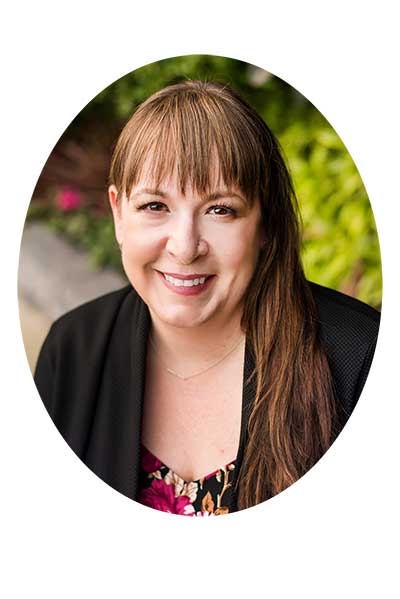
MEDICAL DISCLAIMER
This content is for informational and educational purposes only. It is not intended to provide medical advice or to take the place of such advice or treatment from a personal physician. All readers/viewers of this content are advised to consult their doctors or qualified health professionals regarding specific health questions. Neither Dr. Smith nor the publisher of this content takes responsibility for possible health consequences of any person or persons reading or following the information in this educational content. All viewers of this content should consult their physicians about their skincare concerns and routines.


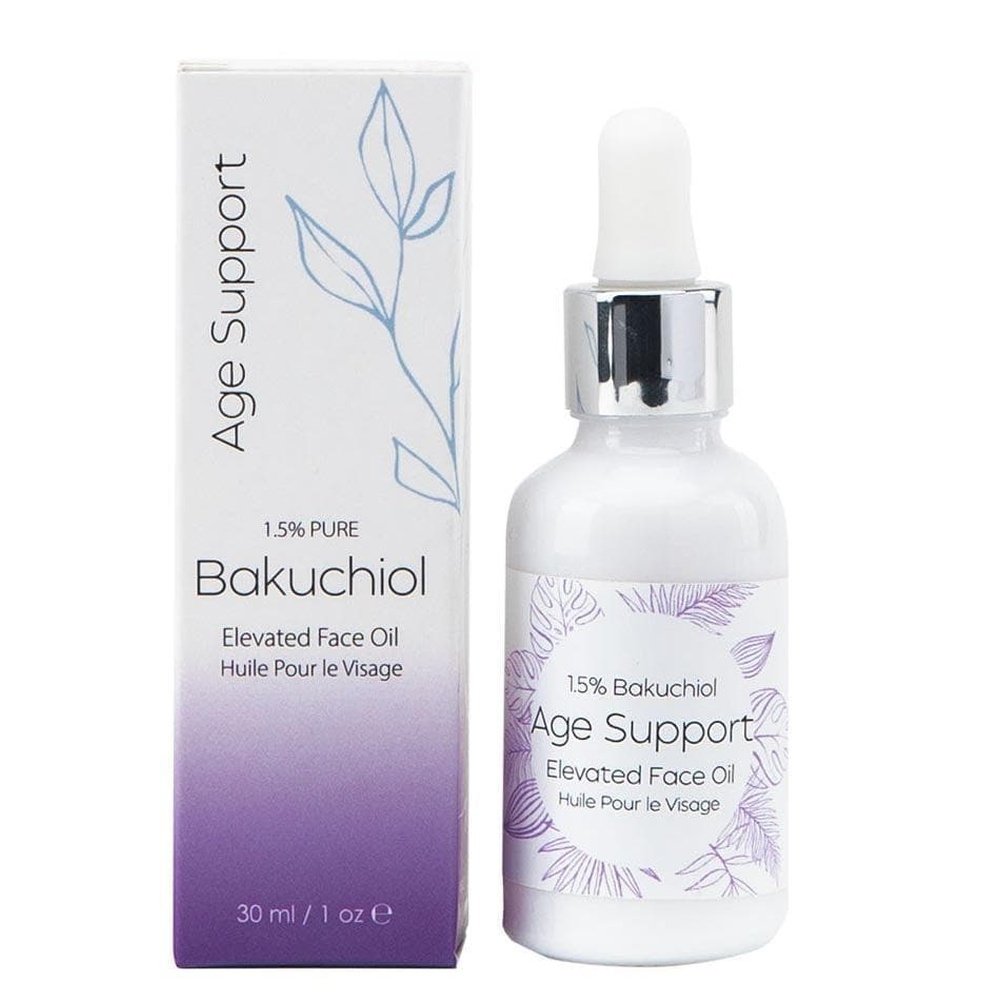
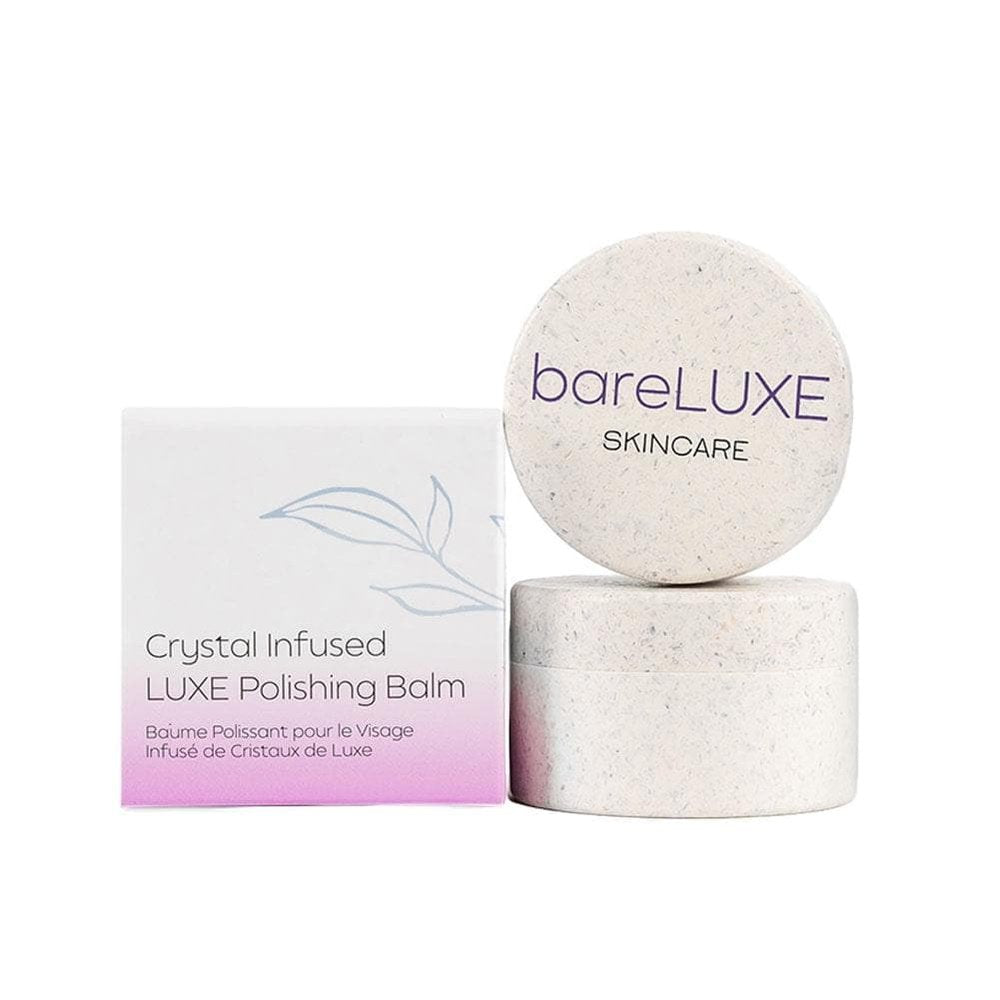
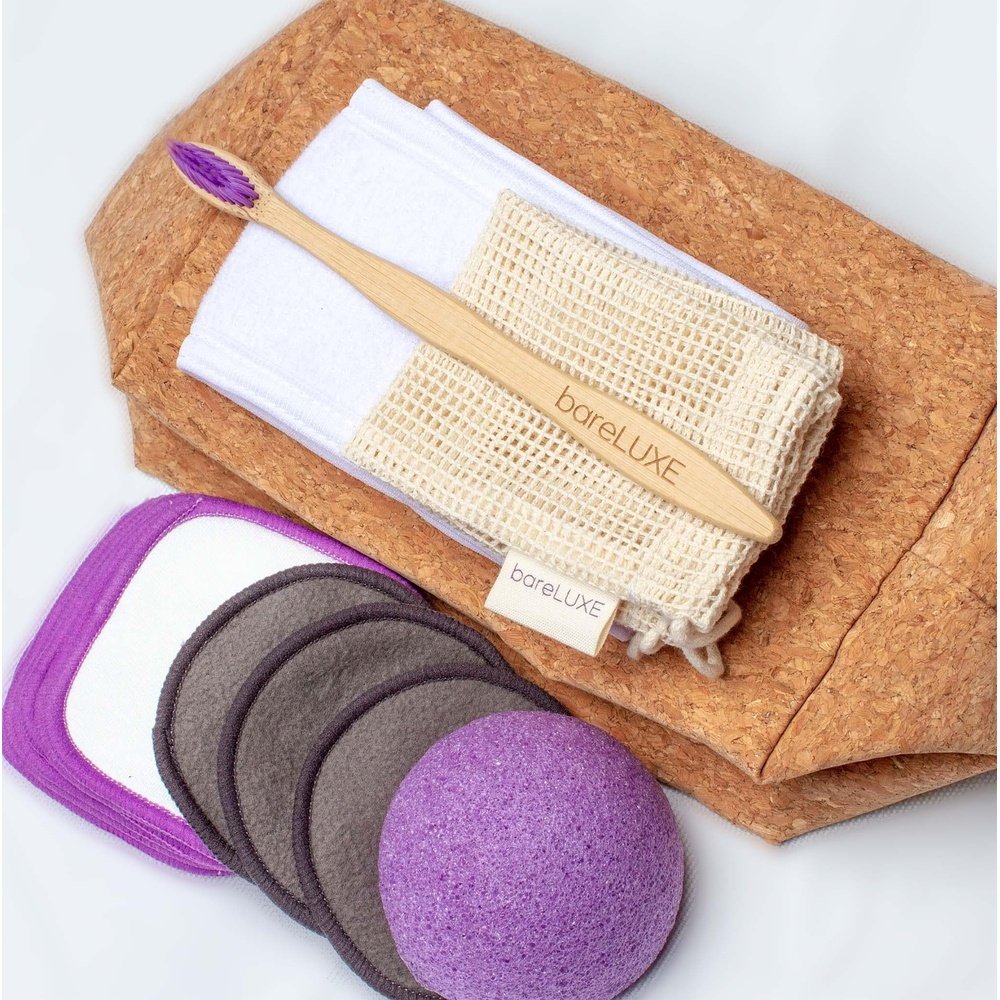
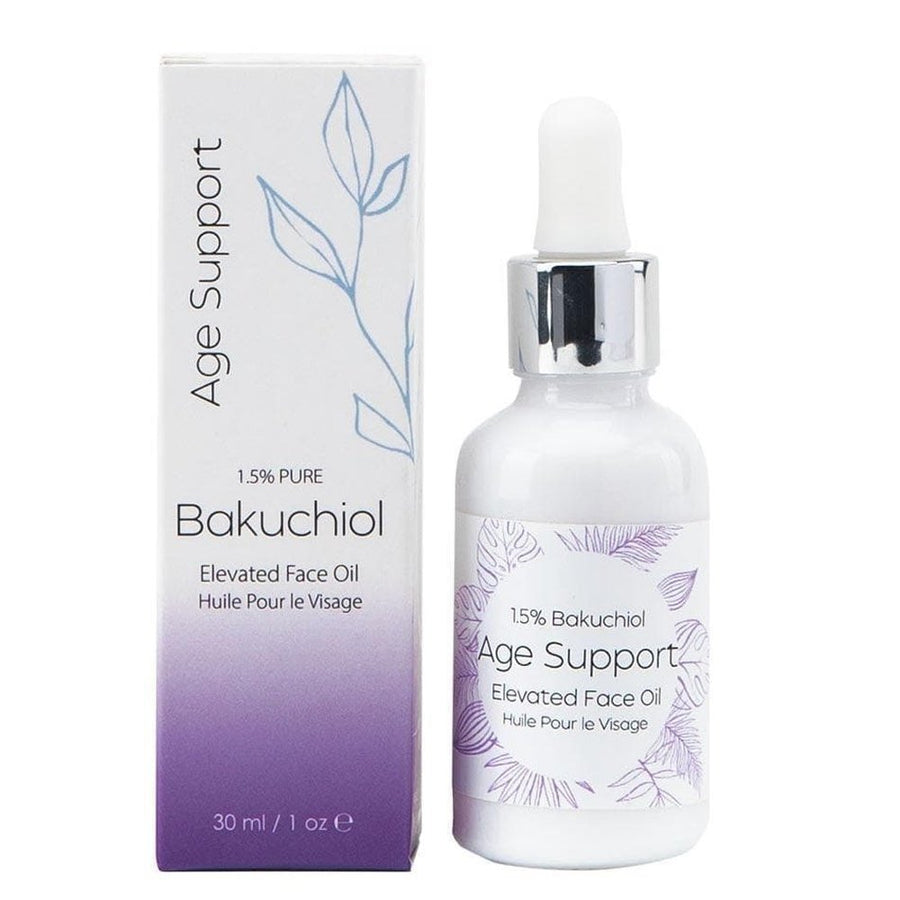
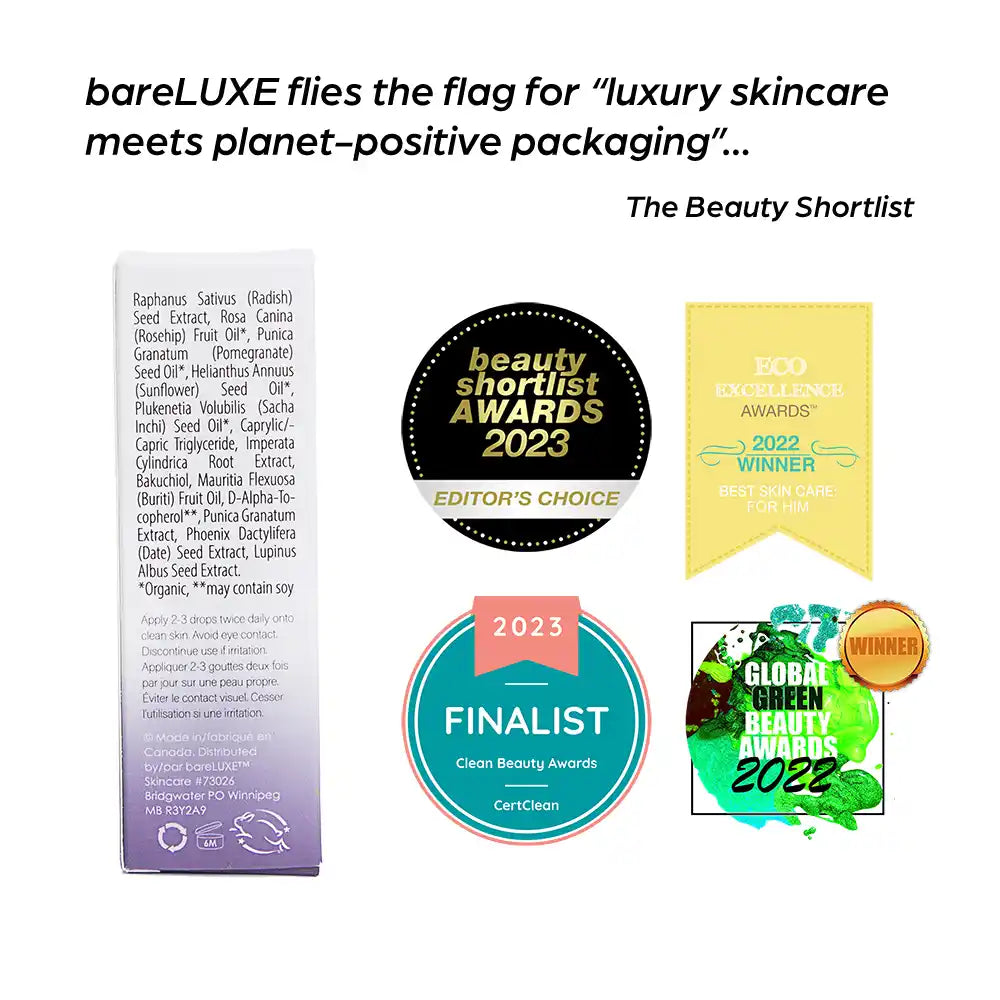
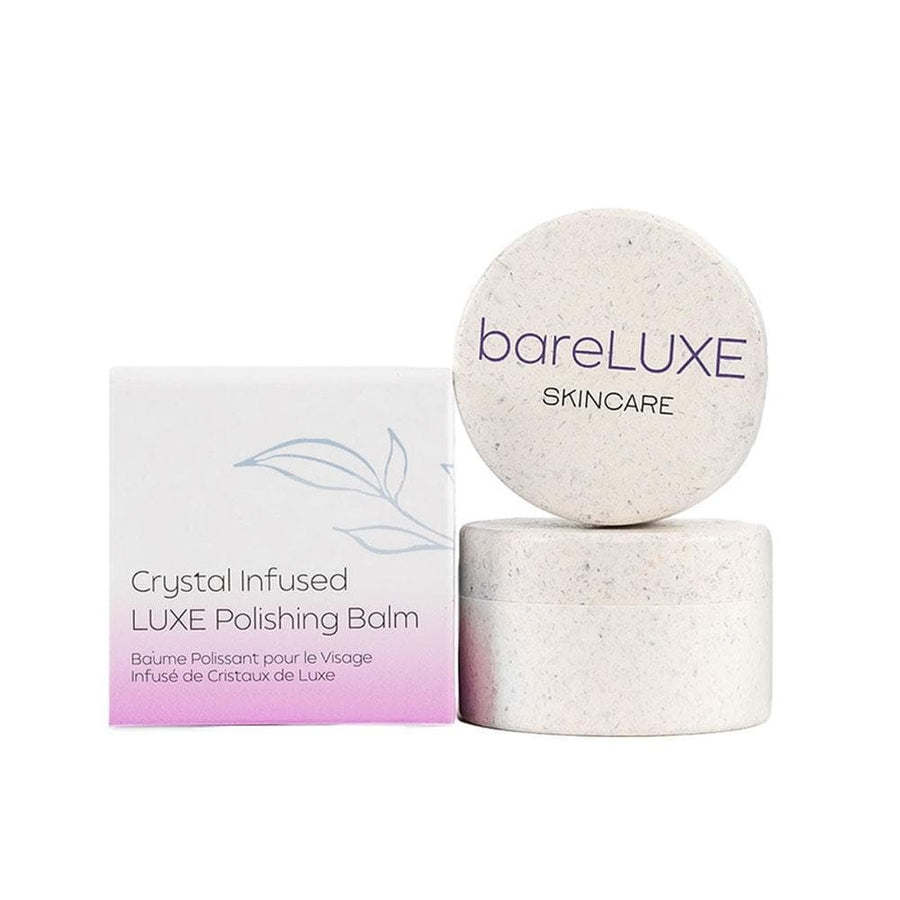
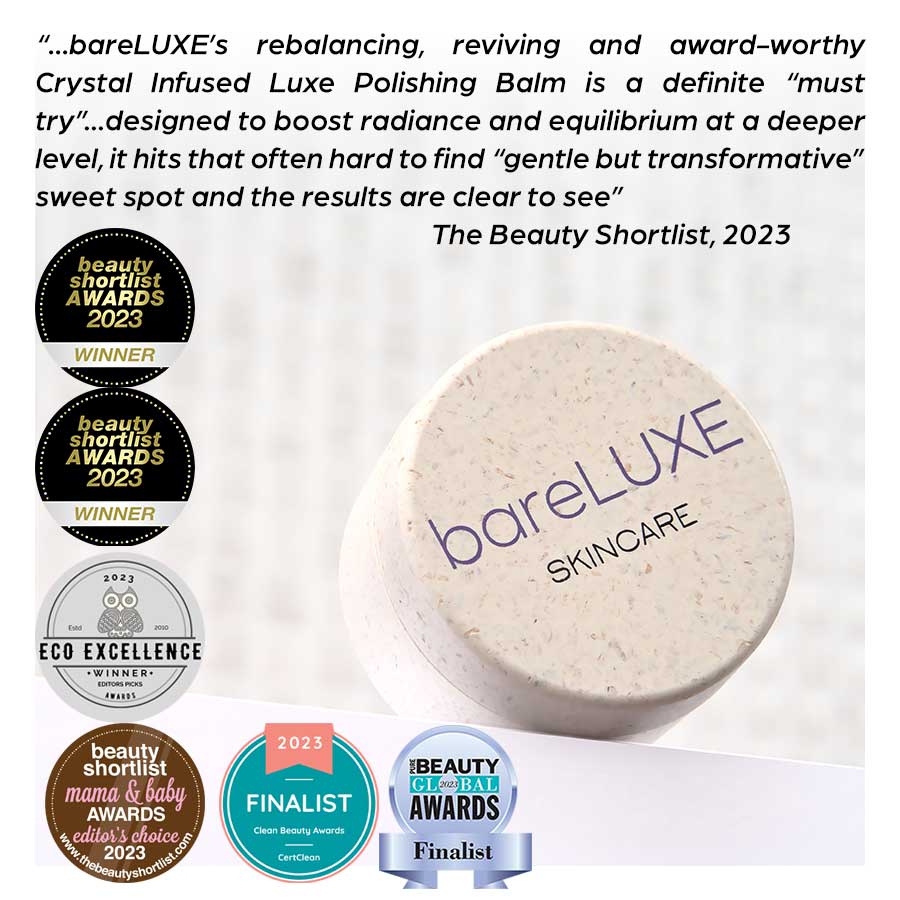
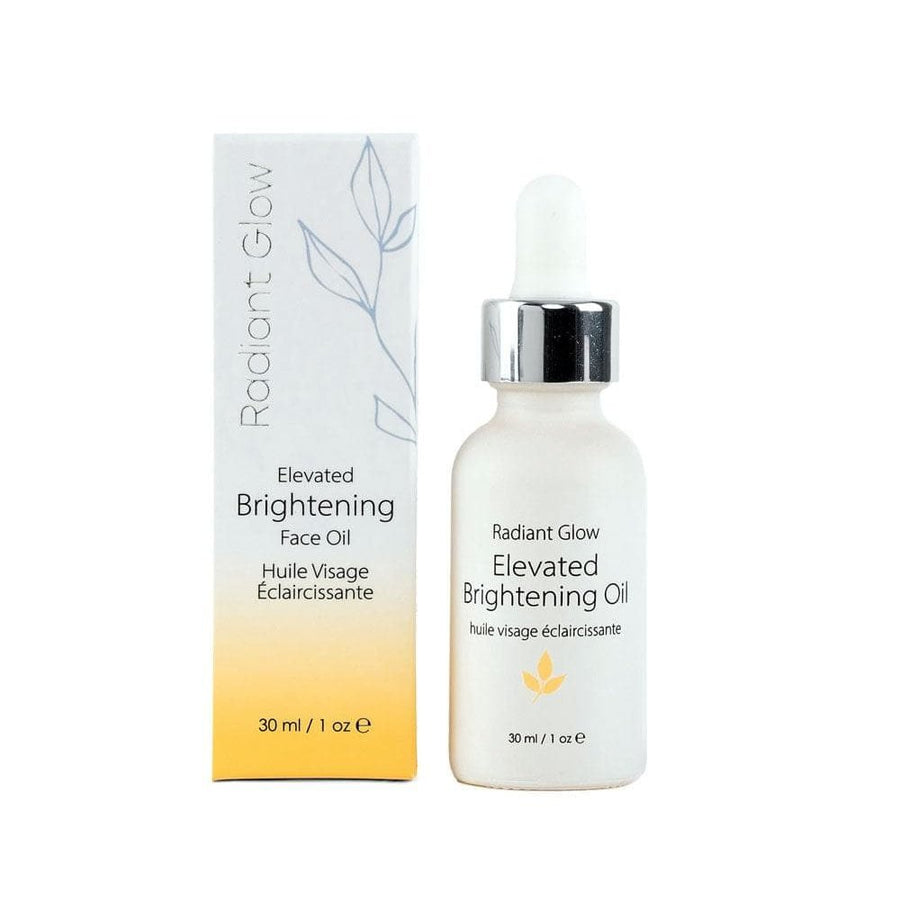
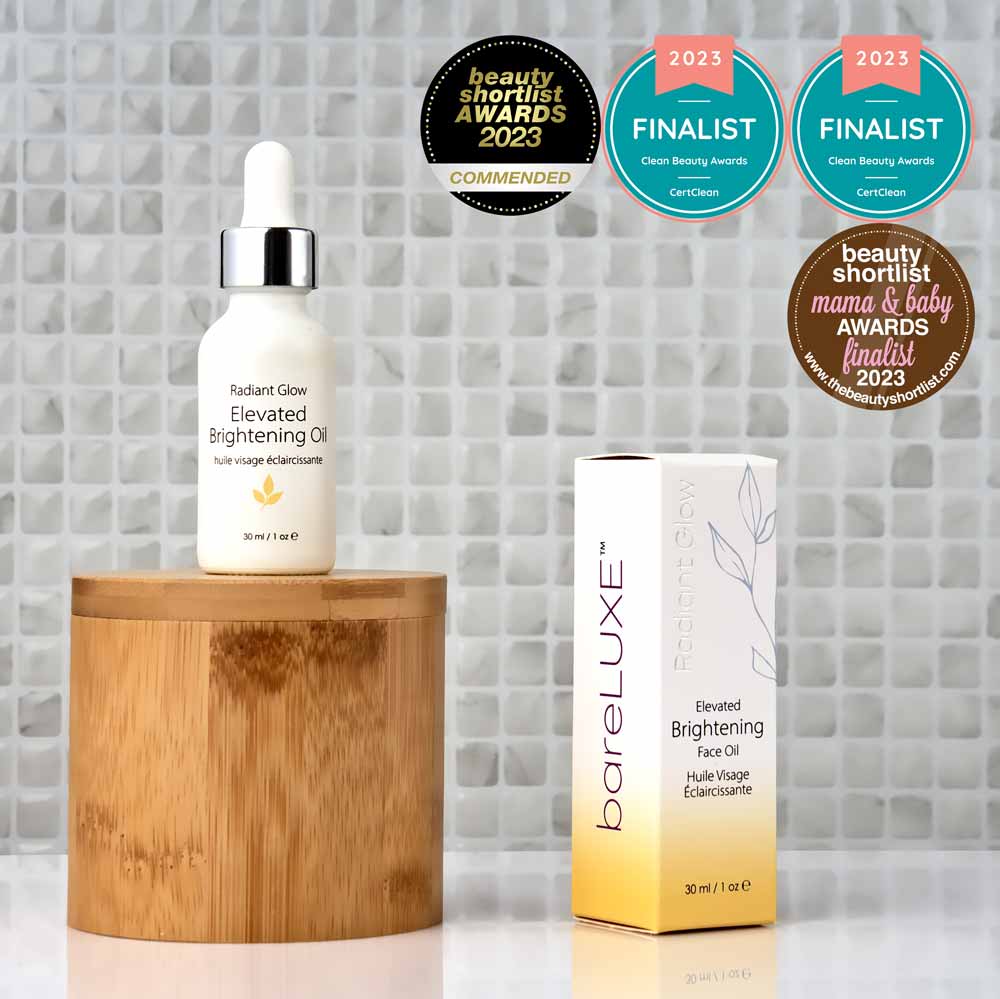
Leave a comment